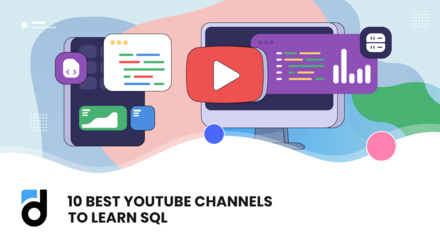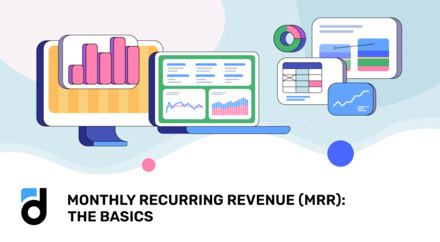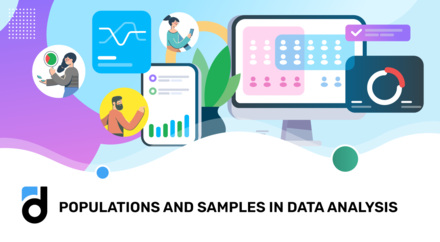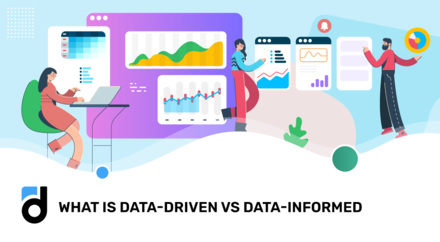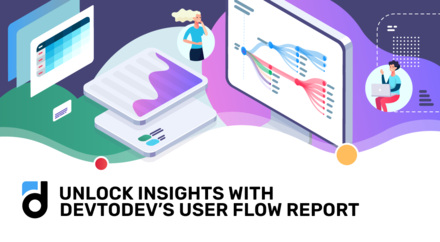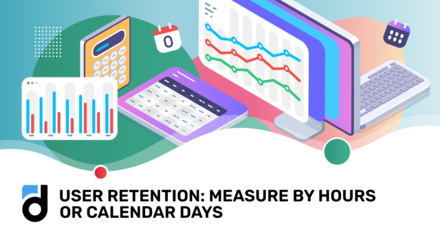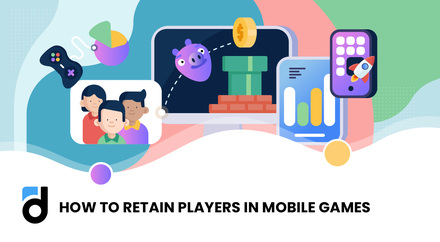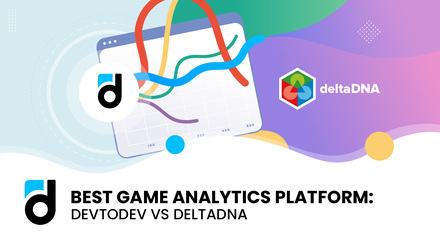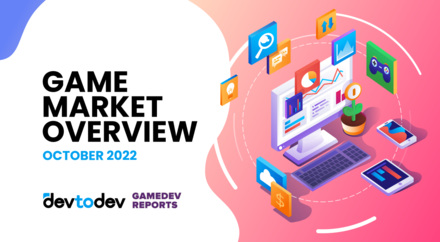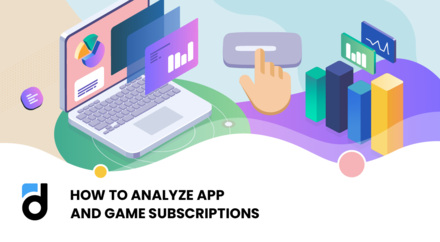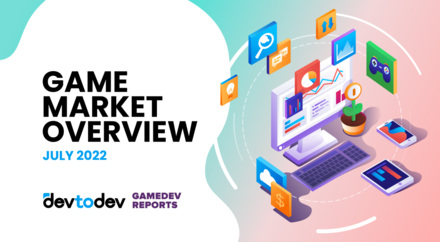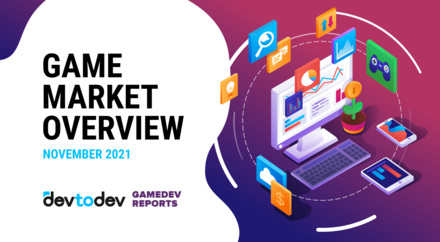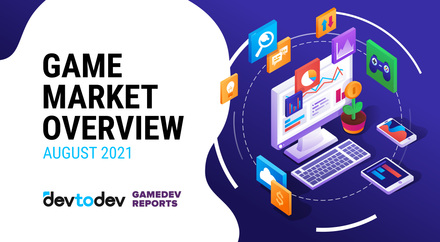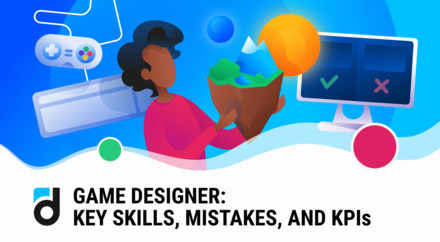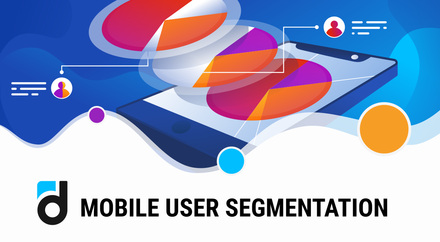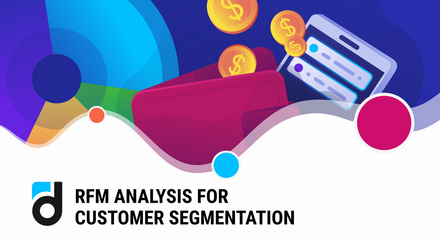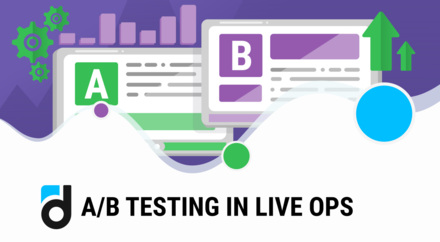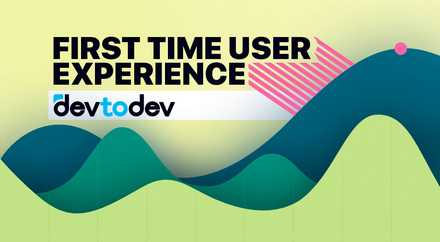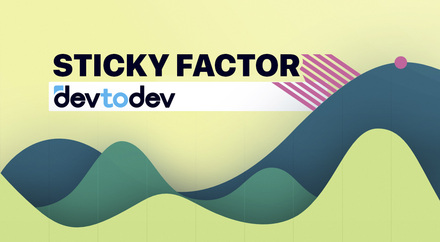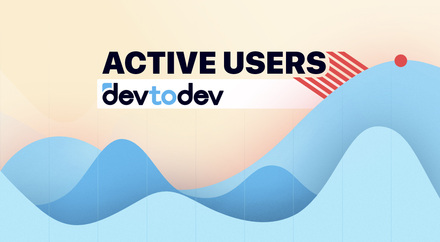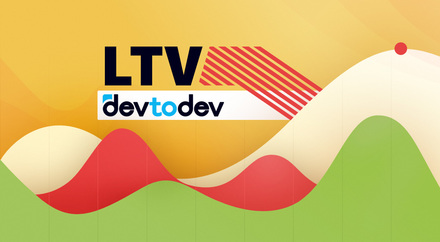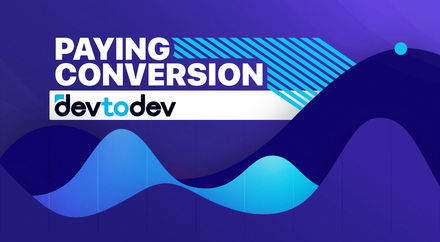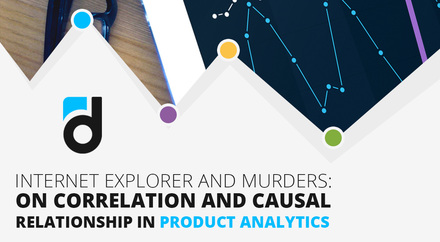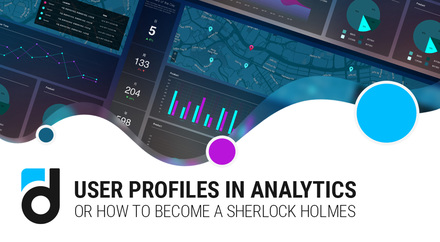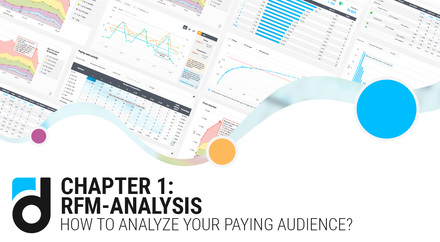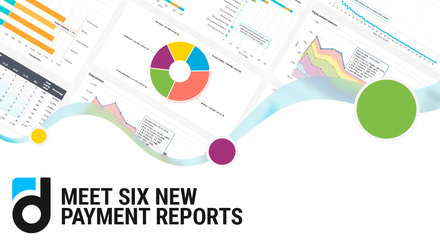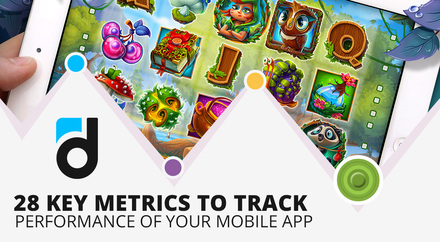In this article, we'll explore two types of live events (live operations or LiveOps) that developers can implement in their mobile games: payment events and playable events.
Let's dissect terms first.
Events are in-game developments.
LiveOps covers anything happening in a game, changes that occur without the need for releasing a new game version.
Live events (LiveOps events) are specifically limited-time occurrences. What doesn't qualify as a live event? Any stable functionality that doesn't change. It's not time-limited; it's there to stay.
Now, let's dive into the types of live events. We can categorize them into two: payment events and playable events.
Payment events involve activities where users pay to participate. Simply put, any event with a "buy" button falls into this category.
Playable events encompass all other activities available to anyone, including free players.
Payment Events
There are four subtypes of payment events. The first subtype includes offers/promotions.

1. Mobile games often feature complete offer systems, and these offers become a regular occurrence. Within about a month of playing, gamers already anticipate specific promotions when they run out of currency or when they open the game. These routine features, though, aren't very exciting for gamers.
In contrast, live promotons are something new and surprising that can enhance player engagement. These events offer various types of offers that can boost the sales of different items, but their primary goal is monetization (read our free ebook on monetization metrics).
Apart from the typical promotions where certain items are sold at fixed prices, there are special mechanics in play. For instance, making your first purchase might unlock a bigger discount for the second purchase. Alternatively, purchasing a promotional item could grant access to a new and more interesting or surprising promotion. Regardless, all of these actions involve making purchases.
2. The next type of payment event is bonuses — straightforward discounts on items from the menu. They are simple and clear. In your menu, you just need to point out that you offer, let’s say, a 100% discount for all items for 24 hours.
3. The third type of payment event is a series of purchases. Imagine that you have a condition: make three purchases and get the fourth for free. There are several ways to implement this. The first option is when the gamer makes a specific payment three times, and the fourth one is free. A simpler and more suitable option for all user groups is when the player buys any three items, and then they can choose a bonus.
4. The fourth and most interesting type of payment events is special mechanics. There are various game mechanics where the player buys not an offer but an opportunity to play a different game, a different mechanic in order to gain in-game currency. Let’s say it can be slots or blackjack. We are talking about casino types of mobile games for a good reason. These are the most exciting gambling mechanics that can be built into games of various genres. You buy five spins on a slot machine and win in-game items, in-game currency, and so forth.
Read more: How to Integrate an Analytics System into your Game
Playable Events
Now let’s talk about playable events. There are also four subtypes:

1. The first subtype is missions. Everything is very easy. We have all seen in-game tasks or missions—earn 50 coins, play five hands, and so on. Later, I will talk about missions and other subtypes of in-game events in more detail.
2. The next subtype of playable events is temporary content. This is when you let all your users play something that they cannot access any time soon. For example, in any free-to-play game, you want to maximize the lifetime value. You want your user to stay engaged in the game for a year or more, and you create new content over and over again so that gamers can continue playing and learning new functionality.
Suppose you have a slot game; then, you need to create new slots every month so that players who complete the entire game can enjoy fresh content. However, after a year of operating, there are so many slots in your game that they are enough to last for a year or more. What situation are you in now? For new players, these slots will become available in a year, meaning that after you develop new slots, you monetize them using only your loyal audience base, and you get nothing from the new players.
What can you do? You can provide temporary access to new content. You implement an in-game event and say, “only today the last slot is available to all users.” Thus, you make your new users and the users who are halfway through the game very happy. In this way, by using this type of in-game events, you can monetize all your content and your entire audience.
3. The next type of playable live event is the enhancement of existing functionality. Suppose you have a level system, and players earn experience points for performing certain actions in the mobile game. So, you release an in-game event and say, “Only today, each of your actions in the game will be rewarded with twice the XP.” This way, you improve user performance because progression through the game is more rewarding today.
4. And the last, the most exciting type of in-game events is special mechanics. This is a kind of additional functionality, new mechanics. Even free players can participate by performing certain actions.
Now, you can think about the live event (or a couple of them) that is more suitable for your mobile game. Don't forget that you can mix playable and payment events!




























